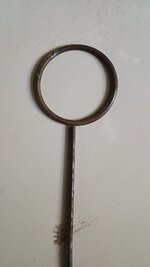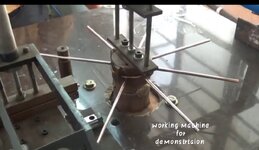maxim10373
Advanced Member level 4

As seen in the picture, I am trying to weld a rod of same thickness to a circle of 4mm thickness and I have selected flash type welding. But when the current is applied, the rod melts quickly and the circle takes more time to melt, so proper welding does not occur. Does this have anything to do with the amount of copper in the electrode? 35kva power is used for 4 mm milled steel.


